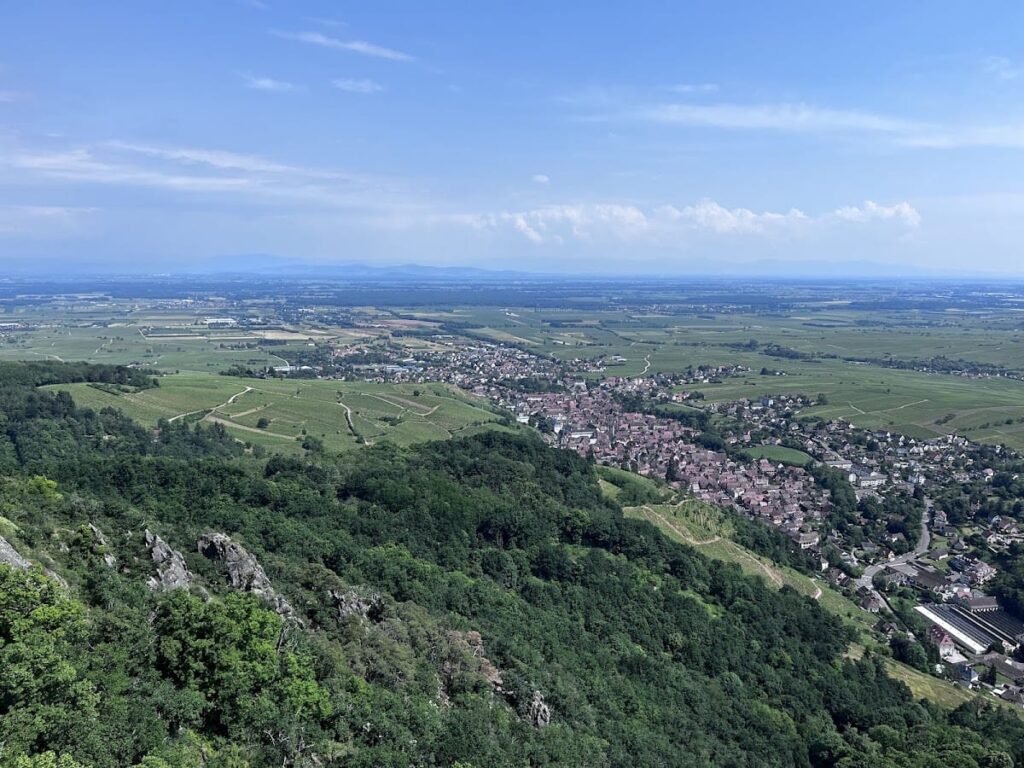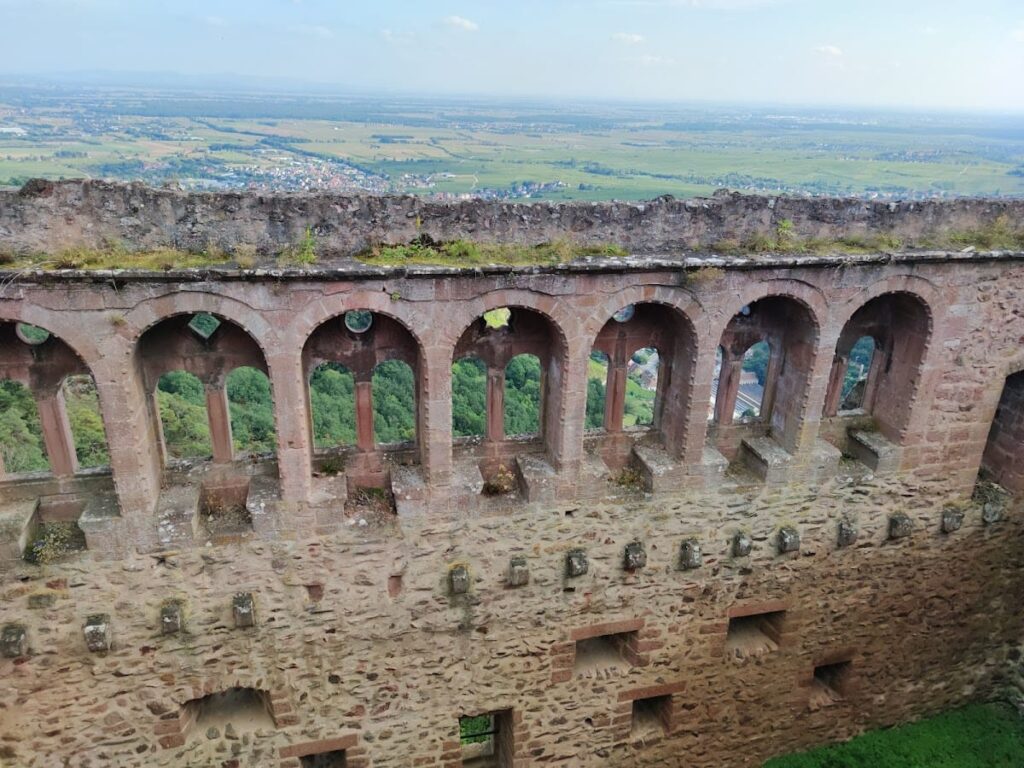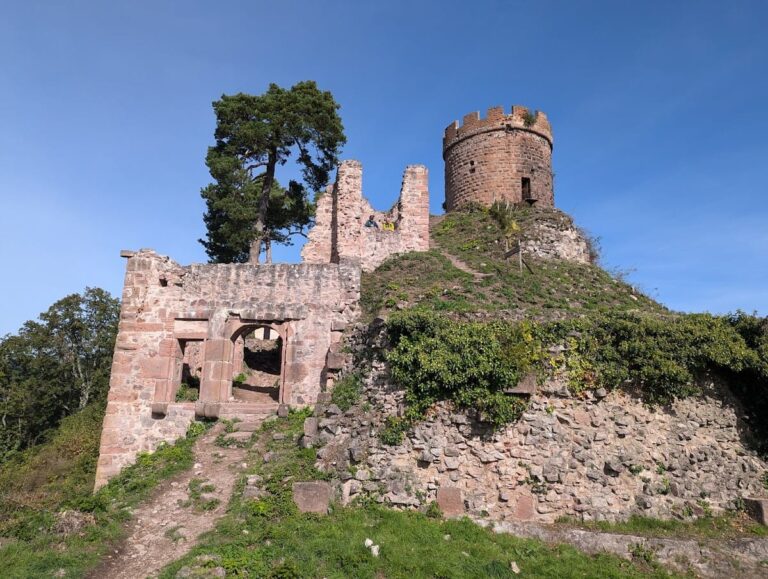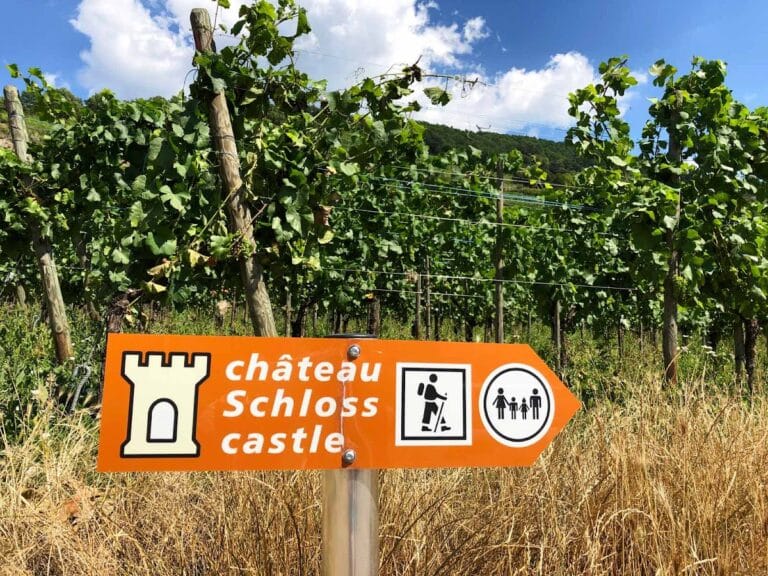Castle of Saint-Ulrich: A Medieval Fortress in Ribeauvillé, France
Visitor Information
Google Rating: 4.7
Popularity: Medium
Google Maps: View on Google Maps
Official Website: www.alsaceterredechateaux.com
Country: France
Civilization: Medieval European
Remains: Military
History
The Castle of Saint-Ulrich stands above the town of Ribeauvillé in the Haut-Rhin department of the Grand Est region in northeastern France. Positioned at 528 meters altitude, it is part of a trio of castles visible to each other, alongside Girsberg and Haut-Ribeaupierre. The fortress was built during the medieval period, most likely in the 11th century, by the noble von Rappolstein family, who later became known as the Ribeaupierres. This family held the castle as their main residence and administrative center for nearly five centuries.
The earliest recorded mention of the site dates to 1038, when it was called “rocher de Reginbald,” possibly linked to a local lord named Reginboldi. In 1084, Emperor Henry IV granted the castle to the Bishop of Basel. During conflicts with the Egisheim family, Henry V occupied the fortress militarily in 1114. The castle was subsequently returned to the bishop, who then granted it to the Ribeaupierre family. Anselm II de Ribeaupierre later consolidated control by expelling rival family members and successfully defended the castle during three sieges, including attacks by King Rudolf IV in 1287 and Adolph I in 1293.
Throughout the 13th century, the castle grew in importance as a military stronghold in Alsace. It consisted of an upper castle, or citadel, and a lower castle, known as the outer bailey. The Ribeaupierres developed a luxurious residence within the fortress, including a large knight’s hall distinguished by nine Romanesque windows. Around 1435, a chapel dedicated to Saint Ulrich, bishop of Augsburg, was built inside the castle grounds. This chapel gave the site its modern name, although medieval documents continued to refer to it by its original German name, Rappolstein, or the French Ribeaupierre.
In the late 15th century, the castle’s dungeon held Lady Cunegonde d’Hungerstein, a notorious prisoner accused of murdering her husband in 1487. She remained confined there for nearly twenty years. By the 16th century, the Ribeaupierre family abandoned the fortress in favor of a Renaissance-style residence in Ribeauvillé. This newer residence was destroyed during the Thirty Years’ War and later replaced by a school.
Following its abandonment, the castle fell into rapid decline during the 17th century. Local peasants dismantled parts of the structure for building materials, accelerating its decay. From the 18th century onward, the castle remained as picturesque ruins. Conservation efforts began in the late 19th century to halt further deterioration. The site has been officially protected as a historic monument since 1841, with its status reaffirmed in 1930.
Remains
The ruins of the Castle of Saint-Ulrich reveal a complex layout combining defensive and residential elements. The fortress was primarily constructed of stone masonry and includes an upper castle, or citadel, and a lower castle, known as the outer bailey. The surviving structures date from several periods, reflecting the castle’s long history.
The square keep, or donjon, and the main residential building originate from the 12th century. These robust stone constructions formed the core defensive and living spaces. Around 1200, the castle was remodeled to include a representative building featuring paired windows topped with circular openings called oculi, and lateral benches. Only the lower level of this structure remains today.
The 13th-century knight’s hall is notable for its large room illuminated by nine Romanesque windows, which are still visible among the ruins. This hall served as a grand gathering space within the castle. The 14th century saw the addition of a barbican and outer defensive walls, enhancing the fortress’s protection.
Within the castle grounds stands the 15th-century chapel dedicated to Saint Ulrich. Although the roofs and some walls have been lost over time, the chapel’s remains mark the religious presence within the fortress. The citadel entrance and outer bailey gate structures also survive in fragmentary form.
Over the centuries, parts of the castle were dismantled, leading to the loss of roofs and exposure to weather, which accelerated decay. Conservation work by local authorities has stabilized the ruins to prevent further collapse. The site today preserves these layered architectural elements, offering insight into the castle’s evolution from a medieval stronghold to a historic ruin.










